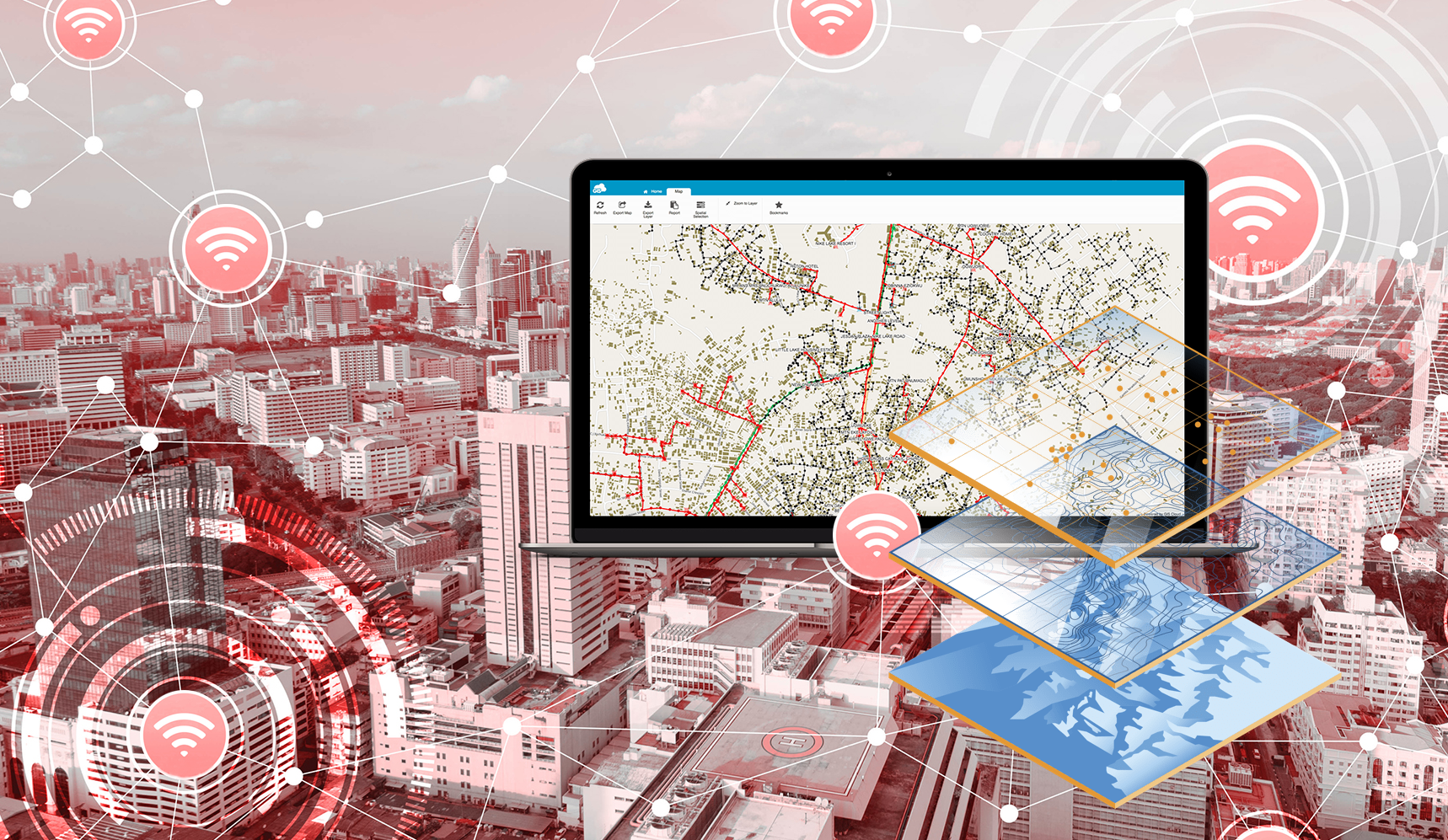AEC Firms embrace RFID
AEC is the acronym for Architecture, Engineering and Construction, which is a collection of services engaged in the planning and execution of all types of construction projects. It’s essentially the term for a deep and intricate collaboration between partners in order to bring any project to fruition.
According to Deloitte, the following trends will impact AEC firms in 2024[1]:
Heightened focus on sustainability and efficiency
Advancement of digitalization and generative AI
Market uncertainty divergence between residential and non-residential segments
Changes in operating strategy to manage volatility in cost, demand and consumer priorities
A shift in focus of workforce strategies from talent retention to talent attraction
Digitization is key
Digitization has a key role in the first two trends. Collaboration is essential for any construction project, and these important trends lead to greater and more precise collaboration resulting from digital visualization.
Before digitization, designers had to rely on 2D and 3D drawing to conceptualize and plan construction projects. These drawings couldn’t convey the intricacies of a structure, and changes were difficult to populate through every rendering leading to misunderstanding and miscalculations. Today, AEC firms use Augmented Reality (AR), Virtual Reality (VR) and Building Information Modeling (BIM) to virtually create a project before breaking ground. Errors can be identified and resolved (and populated automatically throughout the design) before excavation begins.[2]
Once construction begins, it’s time to translate the digital project into reality. A digital twin is only as good as the model it’s based on. That’s where sensors and other technology can help ensure that the digital twin remains tied to reality as the project is under construction.
RFID ties reality to visualization
A proven technology has become increasingly important in fixing actual location of any asset to its position on a digital rendering during construction. Passive RFID tags are placed on important assets or at the convergence of different utilities. For example, it’s essential to know where buried gas lines lie, where valves are buried, or where fiber crosses buried power cables. It’s not enough to see them digitally – the workers in the field need to know the exact location of underground infrastructure.
An RFID reader will scan buried tags and automatically locate, identify, verify and link them to their digital twin data. This information can be shared with any contractor in the future that needs to excavate in the area. RFID provides far more than a digital representation of an asset, it delivers its actual location instantly, on-site – during and after construction. AEC firms can fully support their customers by managing asset data during construction then providing it to the customer at project close. Many AEC firms support clients even after construction by managing the data for the customer, long-term.
Twin technology for decision support
“Twin technology is the marriage of digital transformation and decision support,” says Patrick Wallis, director of the Built Environment Innovation Lab at Esri. Based on the OODA loop, a theoretical model developed by Air Force Col. John Boyd in the 1950s, observation of information can change the orientation of the environment, which changes the view of the next decision and action. “It’s a continuous feedback loop,” Wallis says. “A digital twin leverages technology to connect these aspects of decision-making and action-taking together.”[3]
Kimon Onuma, an architect in Pasadena, Calif., and team lead of the Data Framework Work Group at NIBS DTI-S*, says that in the next 10 years, digital twins offer the only technology by which the industry can understand, connect and collaborate on the innumerable interactions and impacts among the built and natural environments. “Digital twins are going to evolve, and it could be exciting and scary,” he says. “But it’s our chance to rise. We must innovate in any way possible to solve the complex challenges of the built and natural environment.”[3]
The next few years will be crucial for AEC firms as they strive to create better buildings, highways, railways and infrastructure projects while investing in technology that enhances collaboration, visualization and building management.
* National Institute of Building Sciences, Digital Twin Integration Subcommittee
Footnotes:





